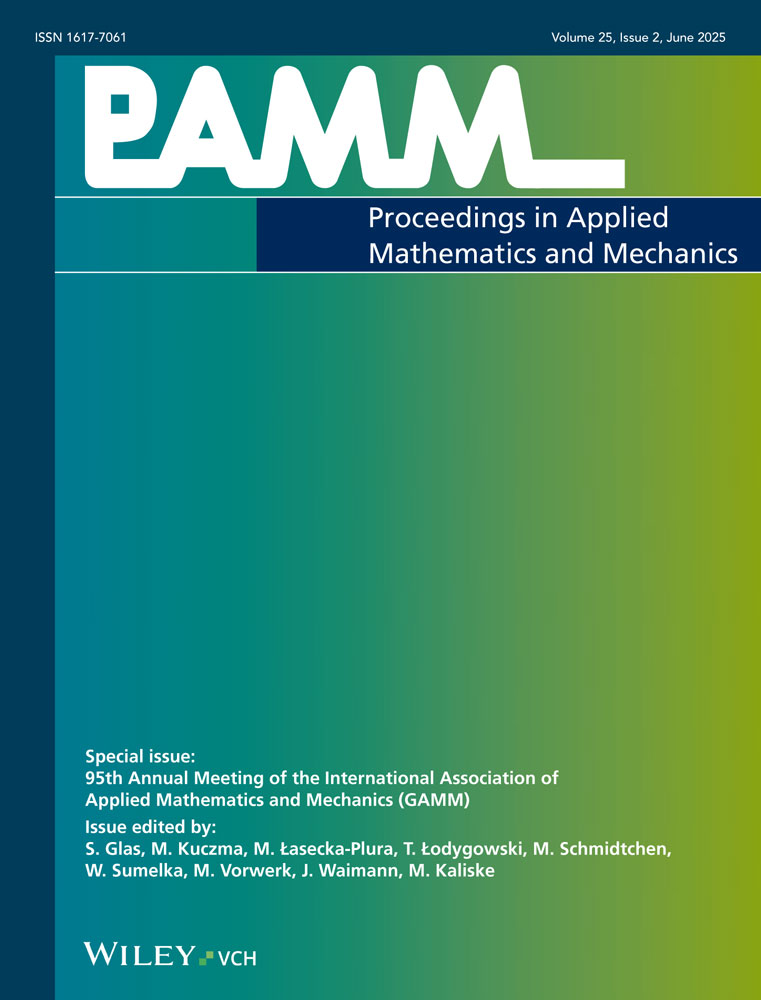Isogeometric Reissner-Mindlin shell analysis - employing different control meshes for displacements and rotations
Abstract
The main purpose of this paper is the development and implementation of a method for the reduction of the so-called locking effect in the isogeometric Reissner-Mindlin shell formulation. In [1] an isogeometric Reissner-Mindlin shell formulation with an exact interpolation of the director vector based on continuum mechanics was introduced. The numerical examples showed that the accuracy and efficiency increased. However, there are only few effective concepts for the prevention of locking effects for low polynomial degrees. In the work of Beirão da Veiga [2], shear locking is prevented for a Reissner-Mindlin plate formulation by using suitable solution spaces. Here, the method is extended to the Reissner-Mindlin shell formulation. Different control meshes are used for displacements and rotations. Furthermore, the basis functions in the direction of the relevant rotation are one degree less than the ones which are chosen for the displacements. That leads to control meshes with different number and location of the control points. The aim is to avoid shear locking due to the coupling of shear strains and curvature since the compatibility requirement for pure bending is then fulfilled. The accuracy and efficiency of this method are investigated for different examples. In addition, the results are compared to the analytical solutions. (© 2016 Wiley-VCH Verlag GmbH & Co. KGaA, Weinheim)




